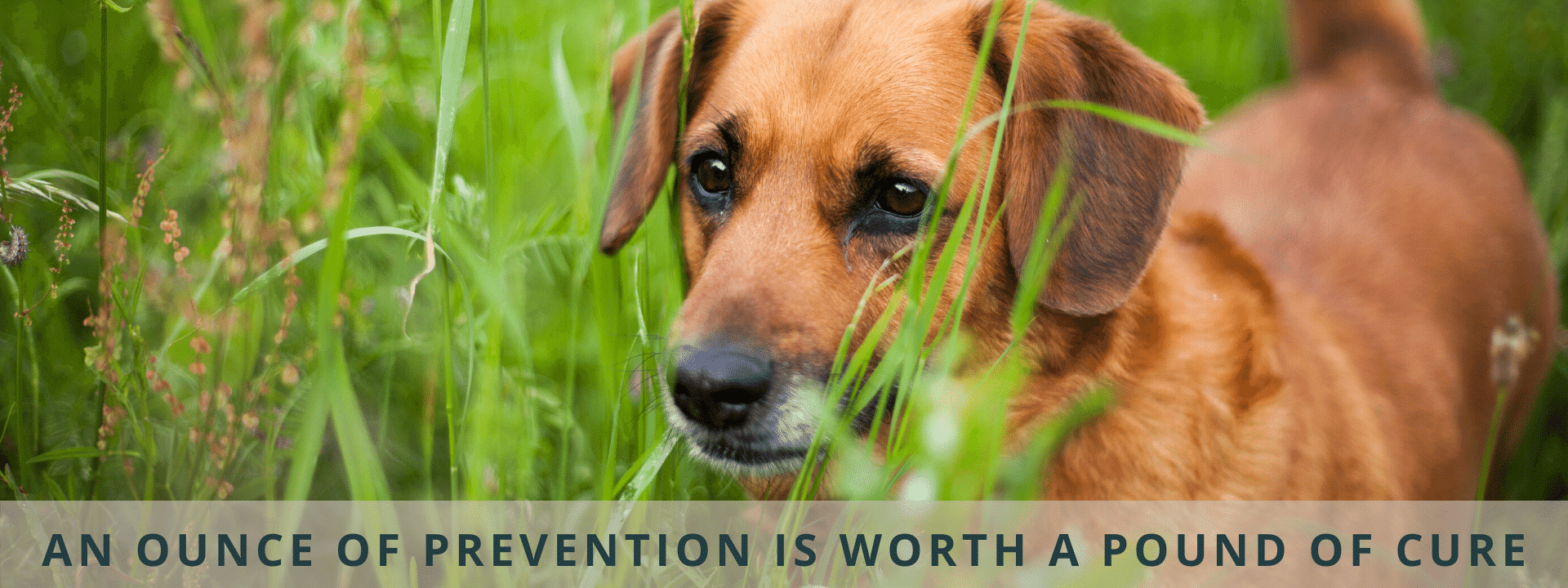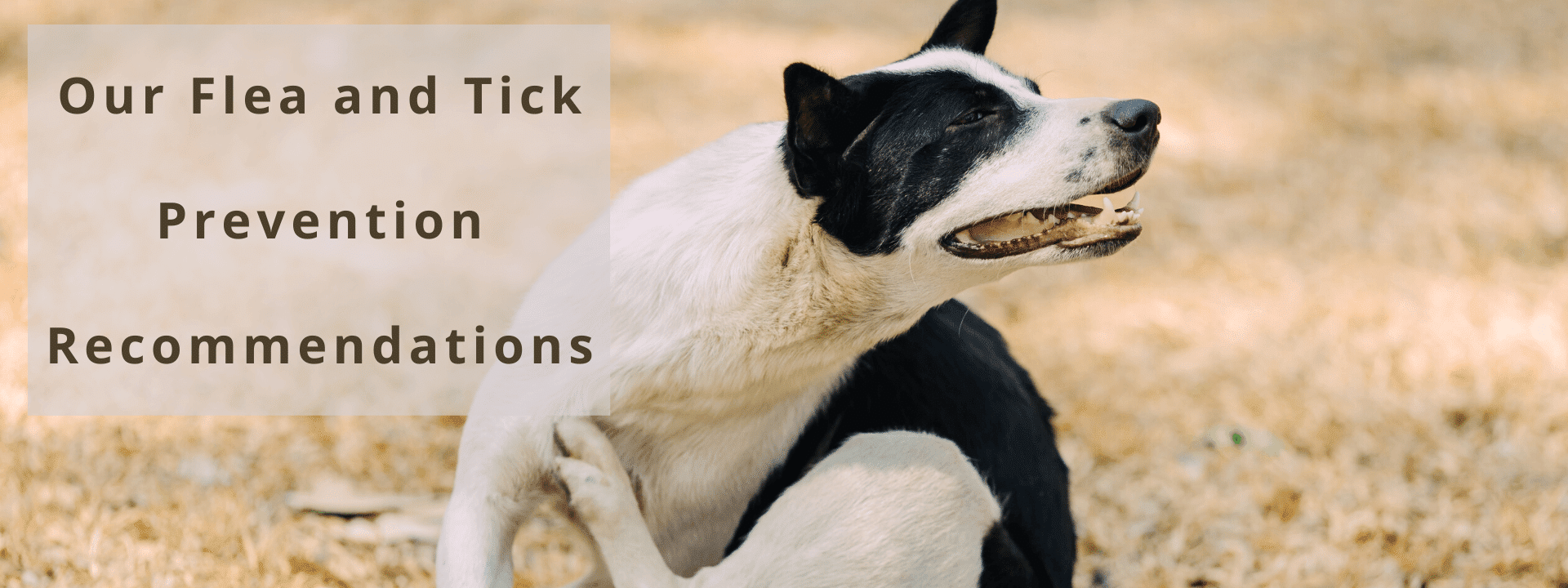What To Do If Your Dog Has Heartworms
If your dog has heartworms, the first thing you should do is get them to your veterinarian. You should also get them on an effective heartworm prevention to ensure no more heartworms can infect your already affected dog. Next, your dog’s condition needs to be stabilized by your veterinarian so that they are fit to receive treatment for heartworm. Your veterinarian will then administer antibiotics, which do not kill the heartworms, but rather kill the bacteria, called Wolbachia, that they contain. Doxycycline or minocycline is generally used to kill this bacteria.
Thereafter, your veterinarian will administer adulticide treatment for heartworm disease, a drug called melarsomine. During this stage of treatment, it is essential to keep your dog calm and rested. The reason your dog should not be active while receiving heartworm treatment is because the dead heartworms can get dislodged from the right side of your dog’s heart, travel to the lungs, and get lodged, causing a range of complications. Heartworm treatment in dogs can be a long process, depending on your dog’s individual treatment plan, but in most cases, heartworm disease can be treated successfully. Having your dog on effective heartworm prevention year-round will ensure you and your dog never have to fight this disease in the first place.
We have a few options for our next steps if your pet is diagnosed with heartworm disease. I’m giving you broad generalized information about how I practice medicine, but please always consult your veterinarian to develop a game plan as to how he or she would prefer to proceed for your particular case.
What is The First Thing You Do When a Dog is Diagnosed With Heartworms?
In my practice, what we do first is to get that animal on a heartworm preventative if they’re not on it already. I know some people say, “Wait, how can you do that? I heard that you can’t. That can cause problems with dogs.” Long, long ago, there were certain medications that were very dangerous if you use them on a dog that has heartworms. Thankfully, most of the medications that we use nowadays as preventatives are safe to use for heartworm-positive dogs, depending on the stage. Again, I’m going to say this—talk to your veterinarian. But the preventatives are important because we have to stop that dog from getting more and more heartworms trying to come on board. They’re going to keep getting bitten by mosquitoes. We have to stop those mosquitoes that turn into adult heartworms. That’s why it’s important.
What Do You Do After Giving a Dog Heartworm Preventative Medication?
Number two—there are antibiotics that can help to start the process of treating and or killing heartworms. Let me be clear. Antibiotics do not kill heartworms. Underline that. They don’t. I’m talking about them because heartworms contain a bacterium called Wolbachia that we can kill. And if we can kill that bacteria, it will make the heartworm weaker. It will make it easier to kill and it will cause less inflammation after that worm is killed off. We normally would use either doxycycline or minocycline, and it’s a 30-day regimen. I know that’s a long time, but it’s a drop in the bucket in the big picture.
What is Done After a Dog is Given Antibiotics For Heartworms?
In those cases where we have an appropriate patient and an owner who’s willing and able to go ahead and do the full treatment, then we use a drug called Melarsomine. That is the actual adulticide treatment for heartworm disease. That is the one that a lot of people are familiar with where you have to keep your dog rested and you have to keep them calm. You have to cage-rest them and that is an absolute must. If you can’t keep your dog quiet for a period of about 10 weeks, you might not want to go through with that part of the treatment. What happens is when it works, it kills all those heartworms that live on the right side of the heart.
If you know anything about heart anatomy, heartworms grow in the right side to the lungs. Well, guess what? They had worms follow this exact pathway, so if they were allowed to be too active and those dead worms are dislodged, they will make their way to the lungs and get stuck. They’re too big, so it’s just like a large blood clot or an embolus and it’s just less than ideal, so that’s where the cage rest comes in. It’s imperative. If for some reason you feel you cannot do that part of the treatment, again – I’m going to say this, talk to your veterinarian and do not make these decisions your own. There are some dogs where cage rest is just not an option. It can’t happen. Those first two steps, the antibiotics and the preventative can work. A lot of people like to call it the “slow-kill” method. Yeah, okay. I’m okay with the phrase I guess, but it’s certainly better than doing nothing because, again, the goal of treatment is to stop any more worms from coming on board and eventually start to kill off some of those adult worms. The “slow-kill” methods can achieve that. It just takes a long time – usually between 1-2 years, if not longer.
That is it in a nutshell. I think that covers most everything. I want to say it a third time—talk to your veterinarian. It is very important. These blogs and videos are not intended for me to take over from your veterinarian. Take care and have a great day.
-Dr. Scott
To schedule an appointment call (337) 223-9581








